I’m a strong believer of resistance to the seductive tentacles of gear. I'm not against gear, which would be very duh from my part since cameras are our main tool of work, but we must remember that the tool itself won't produce meaningful photographs without our guidance and decision-making role. Before discussing the vital steps to take while reviewing a used camera for purchase, I want to share this beautiful reflection from Harold Feinstein about the role of the tool for any photographer.
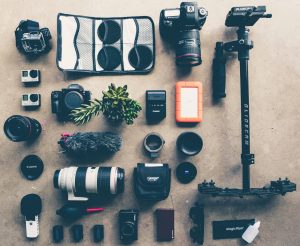
We can get access to powerful tools that were designed to perform under heavy situations at accessible prices close to that of an entry level camera or the next stage of the ladder. But we must be very careful and cautious when reviewing these previously owned gear, so here are some strategies you can use to ensure a wise buying decision:
- Legacy
Gear that has legacy is more likely to be a good investment even though they may not be quite the definition of “cheap”. The reason why they are a good choice is because they have been built to last and even though they may have suffered some decent usage, they should still work smoothly even after the previous owner passes it on to you. Therefore, this must be the first thing to consider before buying a used camera. From film to digital, cameras with legacy are a great choice for investing in second-hand gear.
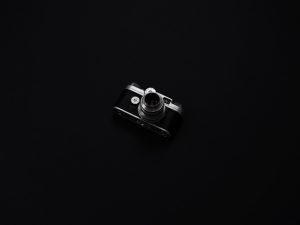
- Sounds
This one might seem a little bit obvious, but it is not. A camera is not supposed to make any clicking sound or any loose sound at all. Your first encounter with a camera that you are about to review for purchase should be like this: grab it firmly (including straps) and confidently shake it. It should not make any strange noise and it shouldn't feel loose.
- Usage signs
Usage can be seen on the outside of the camera, from grips to the viewfinder and buttons. If you find signs of heavy usage and stress, this could mean that the current owner has not taken proper care of her camera.
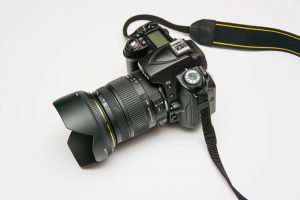
- Sensor physical appearance
Sensor is the most fragile component of a digital camera, especially on interchangeable lens with mirrorless systems. On DSLR cameras you can test this with two approaches. The first is to shoot with a shutter speed of 5 to 10 seconds without a lens attached to the camera. The other way of doing this is by lifting the mirror of the camera, but you need to be sure that it has a 100% charged battery inside.
After watching the naked sensor with your eyes on either system (DSLR or Mirrorless) you need to shoot some photographs to the sky or any other bright surface. After that, you should download the image to your camera and inspect it at 100% for any dust or weird spot. Slight dust can be easily removed with a blower or by cleaning the sensor (you can do it yourself or let somebody else take care of it).
- Light chamber status
The mirror of any DSLR lives within a velvety chamber that has a soft cloth inside of it. If you see that this area is mistreated, it can be a crucial problem because eventually those specks will fall inside the camera's sensor.
- Clicks
Even though some people say that clicks are like the miles of a car, this is not quite precise to say like a fact. Clicks are important to consider as they give you a clear idea about the usage the camera has been exposed to. If you find 5,000 or even 10,000 in a year or two, the camera has been slightly used. But if you find 35,000 on a year or so, that could mean that on average, the owner has been doing ~95 pictures a day with the camera, and that may be a lot for some people like me.
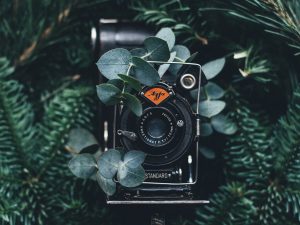
Cameras are designed by their respective brands to perform well even when they have surpassed 120,000 clicks for entry level cameras, and more than 250,000 clicks for the flagship cameras. This sounds cool, but how do I know about the clicks? Cameras don't have odometers on them, that's why we use something like this to know that data.
- Connections (from hot shoes to connectors)
From hot shoes to electronic ports, you can see if these important components have been damaged or mistreated. Look for bumps, rust and stains.
- Screen
This one is pretty straight forward. If the screen works, it works. If not, it won’t. Test its feel and its touch and see if it’s flippable because these screens are prone to damage due to their fragility and movable parts.
- Ask about the usage
Your own perception would be mandatory, but you should not ignore the fact that this camera you have in your hands has a background. Ask about it, because it’s different to have a camera that was used for travel and street photography than having a camera that was used for wildlife documentation or even press. Really, I’ve seen guys swinging 1D’s and D5’s like they were dealing with bricks.
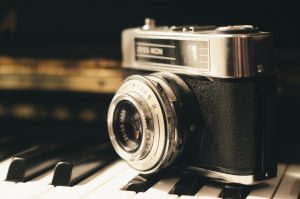
- Take it around for a test
Take your time with the camera, and ask if you can take it for a “test drive”. If the owner refuses, you should decline. You should be able to take it for a spin to get a real feel of the camera’s action, and this must not be done under pressure. Ask for a lens if you don't have one to attach to the camera. This will be useful for doing your tests and for checking the bayonet's condition too.
If a camera makes you get out and take more photographs, then it has an amazing value that you can't measure with a price tag. If not, please reconsidering your investment into something that will definitely inspire you, like photo books.



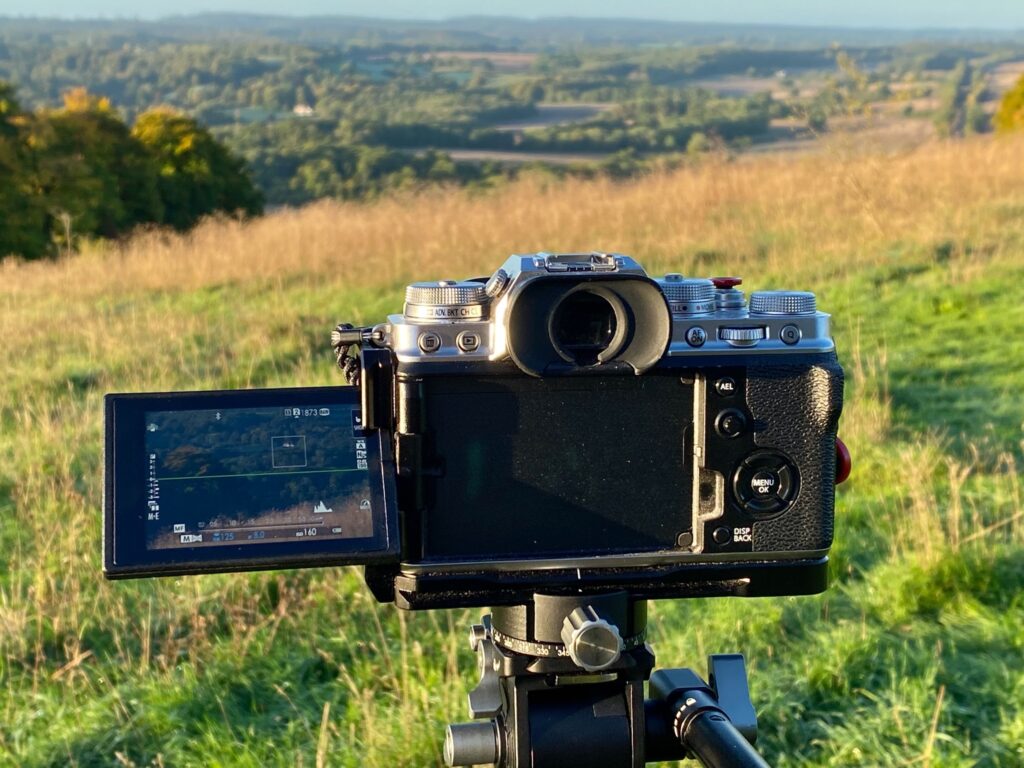

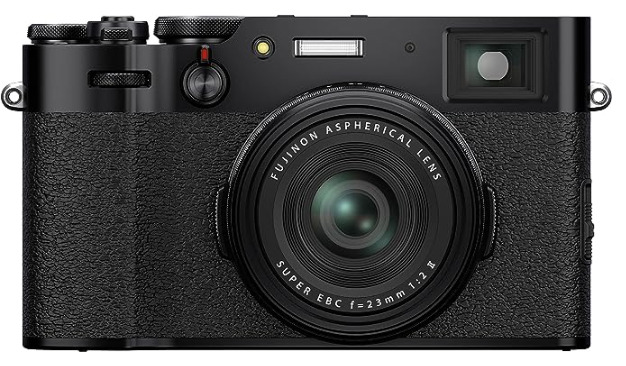

4 Comments
Federico, there’s one issue relating to clicks that I think is worth mentioning. Before even considering a specific camera, we need to check the specifications from the maker for that particular model. I can’t remember which one I was looking at, at the time, but I came across a review of one fairly popular Canikon that was rated for “about” 200,000 shutter clicks, but chat groups disclosed people who found the shutter failed after FAR less. I think one reported failure at around 130,000, while another guy only got to about 80,000, which – frankly – is a pretty dismal score. If the cam you’re considering already has around 30,000 clicks (or more), that doesn’t give a very great life span. Especially in this digital age, when people can happily take a dozen shots so they can make their selection of the best one, later.
Holy, thanks a lot Mate, indeed homework is key before considering any camera. Doing some research is always necessary.
Nice pragmatic article, thank you.
mike
Thanks to you Mike.